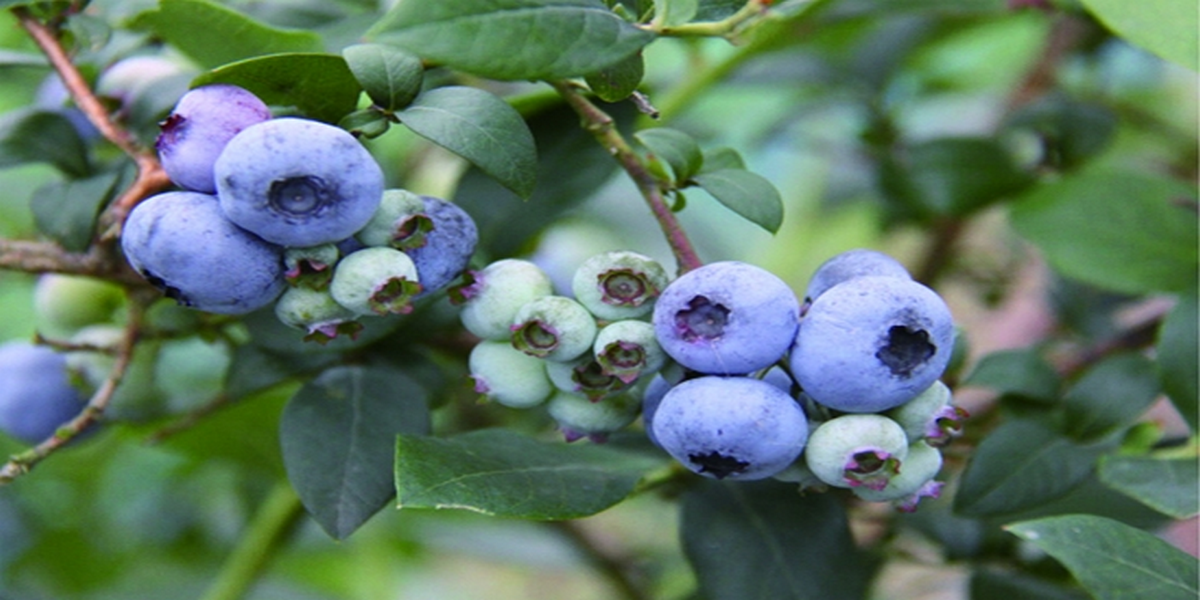
Blueberry Planting Temperature, Humidity, Light And CO2 Monitoring Case
With the improvement of planting technology and cold chain logistics capacity, the "king of berries" blueberry as a new small berry with high economic value and broad development prospects has become a common species in people's daily life. Blueberry is named because the fruit is blue, its flesh is full, unique taste, the fruit is rich in nutrients, especially rich in anthocyanins, with the effect of activation of the retina, can strengthen vision, there are also studies that regular consumption of blueberries for Alzheimer's patients have a certain delayed development effect, in the British authoritative nutritionist listed in the world's 15 kinds of health food, in the first place, and by the International Food and Agriculture Organization as The economic benefits of blueberry cultivation are very considerable.
Challenge
Most varieties of blueberries are highly adaptable and have a high survival rate. Usually, as long as sufficient light is provided, it is beneficial to promote the growth of blueberries and increase production. Blueberries like acidic soil, the pH value of the soil should be controlled at about 4.5, which is basically almost the extreme value of soil acidity required by plants in general. When the pH is not enough to neutralize the soil, otherwise the growth of blueberries will be affected, reducing the yield and the quality of blueberries is not enough. During the growth period, it is necessary to ensure that there is sufficient water, but not too much. Fertilizer should be applied reasonably, mainly with farmyard manure, and fertilizer should be chased according to the growth condition during the growing period. Blueberries like warm growing environment, the most suitable growing temperature is 15-20 ℃, the plant's cold tolerance and heat resistance are relatively good, winter in the outdoor can also be safe over the winter. Blueberry in the growing season can tolerate 40-50 ℃ high temperature, when the temperature is higher than 40-50 ℃, blueberry will be due to root system water absorption difficulties and lead to stunted growth. Low temperature will limit the photosynthesis of blueberry leaves, early spring low temperature is not good for plant growth. Low temperature in summer is the main limiting factor for blueberry growth and development. When the soil temperature increased from 13℃ to 32℃, the growth of highbush blueberry varieties increased proportionally. Blueberry in the budding period, flowering period, fruit expansion, coloring period to harvesting period of the growth environment of temperature, humidity, light and carbon dioxide concentration will have an impact on the growth of blueberry, need reasonable management means to ensure the quality of blueberry, a good yield and a good harvest.
Solution
The Humpback Whale blueberry planting solution helps blueberry planting customers to manage the temperature, humidity, light and CO2 concentration during the growing period in a scientific and orderly manner through LoRa gateway and supporting temperature and humidity probe, CO2 probe and soil pH probe to ensure the improvement of blueberry production quality and yield. For example, the temperature of the greenhouse is closely monitored by the temperature and humidity probe, and the temperature inside the greenhouse is controlled at 25-28℃ during the day and still maintained at 13-15℃ at night in order to promote the rapid expansion of young fruits. The customer is instructed to ventilate the greenhouse day and night so that the temperature inside the greenhouse is similar to the outside conditions. Then the light-sensitive ability of the temperature and humidity probe assists growers in light management. Most blueberry varieties, the light intensity above 17600 lux can basically meet the demand of photosynthesis, when the light intensity is lower than 7000 lux, the photosynthesis rate of some varieties is significantly reduced, and increasing the light intensity can significantly increase the number of flower buds. When the light intensity is less than 21,500 lux, it can lead to delayed fruit ripening in some varieties, and low light leads to a significant decrease in the percentage of ripe fruit during harvest, and the fruit ripening rate and fruit sugar content decreases. Blueberries consume a large amount of carbon dioxide when photosynthesizing, so that the carbon dioxide content in the greenhouse decreases. Whale Dart CO2 probe prompted the customer to apply CO2 gas fertilizer or carry out ventilation to adjust the CO2 concentration, which has a significant promotion effect on the growth and development of blueberry and can effectively provide blueberry yield and quality. This case mainly provides products to users includes LoRa gateway, temperature and humidity probe, soil pH probe, CO2 probe, etc.


